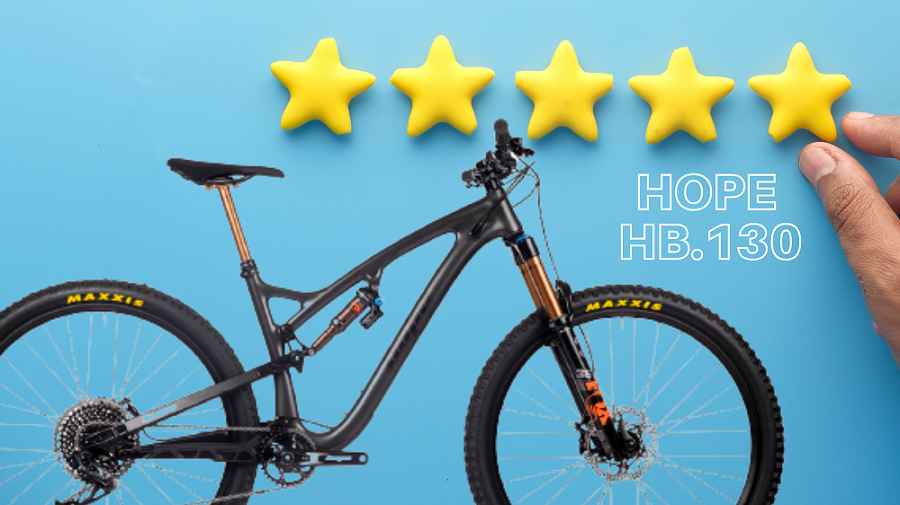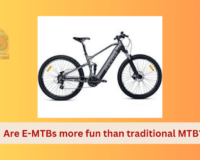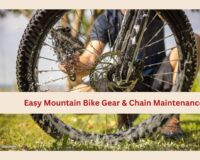More progressively shaped 29-inch-wheeled, 130mm travel aggro all-rounder, takes lessons learned from the original HB160 650b-wheeled 16mm travel enduro bike.
That puts it at the forefront of developing a category of mountain bikes that are rapidly evolving, where cross-country speed meets downhill suspension and geometry.
Key features:
- Made in the UK from hand-layered carbon
- Composite wheels 29.”
- 130mm travel rear wheels
- Featuring Horse Link suspension
- Rear axle – 148 x 12mm
- Adjustable geometry with flip-chip
Almost entirely constructed in the United Kingdom, the Hope has a level of detailing that is unabashedly indulgent. Even though it runs a narrow stance back end, it’s more mainstream component compatible than the HB160.
So, how accurate are Hope’s statements about increased stiffness and reduced trail damage?
Can you build a competitive trail bike with 179 pieces of composite, custom anodizing, and sculptural machining?
👍 Pros
- HB 130 geometry suits the mountain riding.
- Flexible frame aids
- Smooth drive train
👎 Cons
- Expensive product
- Limitation on change in existing bike components
Well, we shall get hold of every information through this article.
Comprehensive Review: Hope HB.130 MOUNTAIN BIKE
With the new HB.130, Hope is true to its mantra, “If we can do it at home, we will do it at home.”. Except for the tires, drivetrain and suspension, everything else on the bike comes directly from the Hope factory in Barnoldswick, England.
In this section, we discuss the design, performance and built in component for HB.130 mountain bike.
a) Design of HB.130
Carbon fibre imports aren’t the only ones on the list.
Hope makes as many of its components as possible in-house. Three types of carbon are woven in Manchester – unidirectional, 3k cross weave, and 1k impact weave – and are impregnated in Lincolnshire.
Based on experience gained with the HB160, the alloy frame fixtures are added to pre-moulded pockets for maximal strength and accuracy. Hope claims the HB130 is 150g lighter than the HB160, even though it has more carbon and a longer mainframe.
There is a carbon mainframe and an anodised black (in-house) rear end, but Hope’s usual seven-colour palette is available in the machined and laser-etched alloy hardware, which you can match or clash to your taste.
The woven carbon is then hand-laid into moulds that are machined within Hope. Hand sanded and then declared mainframes are again taken through the first process for the second time, leaving a clear coat that rubs off mud and dirt.
There are rubber armours and titanium bolts and the chainstay on top. Although you can get the frame in three sizes, you’ll need a bottle cage for easy removal, as there is a bottle mount.
Similarly, the sculpted dropout sections pivot on extremely machined and pocketed single-piece L-beam chainstays.
Hope kept the 130mm diameter, 17mm diameter axle and matching hub of the HB160 (a unique radial design). Instead of welding the end sections, Hope bonds the extruded triangular seat stays to the end sections to prevent distortion.
b) Build & Components of HB.130
For Hope complete bikes, the prices are £3950/€4700/$4950. Hope comes in frame kits and wheel kits.
Hope’s E4s feature Hope’s own Tech E4 brakes (other lever configurations are also available), a 35mm stem, and hand-crafted carbon handlebars.
Hope’s Fortus 26mm rims and Santa Cruz’s Reserve carbon rims are laced to the Pro4 front hub and narrow stance rear hub, resulting in a weight reduction of 125g (22%) per wheel.
When talking about the remaining components of HB.130, it features an SDG saddle with custom logos attached to a Fox Transfer post; the bikes can be ordered with Fox 36 GRIP2 Factory suspension forks and Fox DPX2 Factory rear shocks.
While Hope’s chainsets are available at a reduced rate.
HB.130 performance and ride experience
On the technically challenging descents, Hope’s super stiff handlebars and wooden feel – rather than progressively powerful – brakes make you feel your arms fatigue sooner than you would expect.
Hope’s crankset weighs 100 grams. The Hope alloy wheels and Santa Cruz carbon wheels we tested in the HB160 provided a palpably livelier, more responsive trail feel, even though we didn’t try them back-to-back on the HB130.
Though the construction changes and lower weight of the HB130 are evolutionary advantages, the HB130’s progressive geometry is by far its most significant improvement over the HB160.
While combining 66-degree head angles and 44mm fork offsets, this bike offers a natural ride and is easy to adjust.
However, the 36mm legged forks and large 2.5in wide tyre up front provide excellent feedback despite the fork’s lighter weight and longer length.
With a 75.7-degree seat, extensive reach (470mm), and a central forward position, the rider remains in contact with the front wheel even during steep, technical hills. With a flip-chip on the shock mount, you can raise your bottom bracket and drop the front by 1/2 inch to reduce the rad factor.
Its machined backend provides noticeable flex to shrug and snake its way through rocky and rooty terrain while hooking into scooped turns.
The wider stance also helps reduce square edge impact shock. It also decreases the possibility of the mech crashing into a rock.
Despite the easy-to-spin bottom bracket, it seems that not all the power reaches the rear wheel at full throttle.
There is enough wheel wag to cause scuffing of the swingarm under cornering load, so we’d be concerned about trying to fit a larger tyre.
Final Verdict
The HB130 from Hope is a big step forward. A well-balanced geometry allows the bike to boss technical trails, and the weight is competitive. Despite flex sucking accuracy and energy under heavy loads, rear-end flex makes up for it in muddy, rooty, or rocky environments.
In climbing situations, the suspension applies traction and absorbs trail trauma with minimal feedback. It is also essential to choose Fox or Ohlins dampers to give the basic chassis different ‘comfort’ or ‘combat’ characteristics.
So, essentially, you get a well-sorted, mid-travel with impressive trail capability, to purchase your next HB.130 bike click here.






